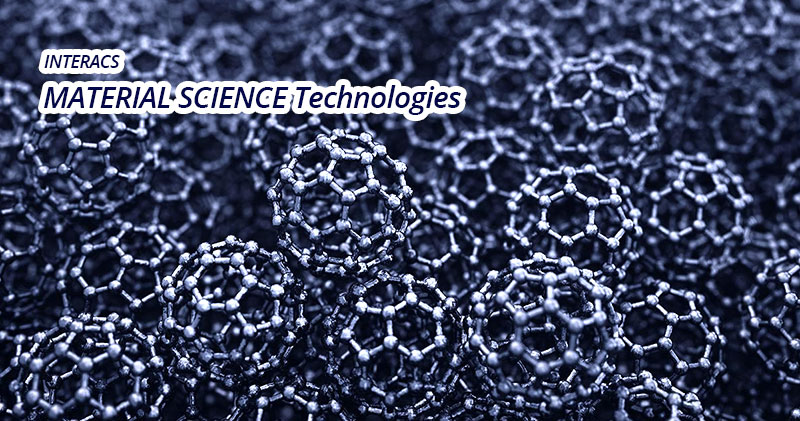With the volatility and high price of gold, precious metals, and gems, you cannot afford the time or the potential inaccuracies of traditional testing methods to determine the value of items being bought, sold, or recycled. Using the (XRF) analyzers within our program, you can find out in just a few seconds, with fire assay-comparable accuracy, the precious metal content in jewelry, coins, and other valuable products. What’s more, we’ve also added the Thermo Scientific Niton® DXL desktop x-ray lab to our portable XRF family for nondestructive precious metals analysis.
A culture of innovation and a distinguished history of breakthrough achievements define the XRF analyzers we have in our program, engineered from the ground up to help you determine precious metal content. Your need for fast, accurate, nondestructive results are clear. Just as clear are the benefits your business can realize from using, for instance, the Niton DXL from Thermo, designed specifically for countertop use in retail environments, as well as the handheld Thermo Scientific Niton XL2 Series and Niton XL3t Series XRF analyzers.
In a space as close as possible to any instrument, sample conditioning incl. handling powder samples is required preferably separate for non-active and active samples including adequate storage space.
Chemistry laboratories.
Well-equipped chemistry labs will be used, not only for ex-situ sample conditioning but also to supply support for the in-situ equipment on the instruments. Several hundred users per year will use the chemical labs, including mid-term visitors. As the instruments requiring support in form of chemistry labs are spread out over all the instrumental halls this may result in replicating facilities. Equipment includes a fume cupboard; glove boxes; bench space; a vacuum oven with a controlled atmosphere; a drying oven for glassware; a normal drying oven for samples under air; a densitometer; sonication facilities; die press to make pellets; fridges; a cold room for storage of temperature sensitive samples; general laboratory equipment and access to acids, bases and solvents. One of the chemistry labs within the instrumental halls wil also require a chemical storage facility, and furnaces available to anneal samples under gas flow and under air. Interacs is able to provide you with the correct equipment, the installation and after-sales service. We can even run your laboratory!
Physics laboratories.
Due to its sensitivity to both magnetic and structural properties, condensed matter physics has been and still remains a core business for neutron scattering. Due to the different energy scales governing the properties of the sample, requirements for extreme conditions (temperature, magnetic field, pressure) are significant. Neutron experiments often require in-situ measurements of magnetic and other electronic properties to link the results together. To prepare those, but also for supplementary ex-situ measurements on the same samples prior to and/or after the neutron experiments, a dedicated hard condensed matter lab is required. The equipment has to be compatible with the sample environment used for the instruments. Here some of the sample environment for extreme conditions (temperature, magnetic field and pressure) will be used. The laboratory needs to contain basic measurement equipment for magnetic susceptibility, specific heat, and NMR observations. Dielectric spectroscopy is now being widely employed in a wide variety of scientific fields, such as fuel cell testing, bio-molecular interaction, and microstructural characterization, as EIS reveals information about the reaction mechanism of an electrochemical process. This lab will also need to provide equipment to cut orient and co-align samples. Interacs could be your perfect partner in needs, and service.
Mounting the sample requires on-the-spot tailored mounts manufactured in on-site workshops. Alignment requires (hard) X-ray crystallography equipment to ensure the bulk of the (sizeable) neutron sample is probed. For sample alignment powder-XRD, DSC, TGA, single crystal-XRD and alignment Laue instrument are used. Also access to a Laue neutron diffractometer is required and appropriate access modes to MAX IV will be investigated to characterize samples. Inorganic thin films and multilayers need to be prepared for surface science using neutrons, but also as basic substrate for organic materials especially soft-condensed matter. Scanning tunneling and atomic force microscopes will be considered, to complement the equipment in the other labs and to establish the domain distribution and/or homogeneity. Different light scattering apparatuses, such as Raman, IR, UV-VIS as well as pump probe techniques, are essential to complement neutron spectroscopy. Last, but not least, actinide-based samples, special isotopes, and highly activated samples will need to be handled in dedicated laboratories, enforcing approved handling procedures. Preliminary equipment includes glove boxes, equipment leak testing, sealing and/or encapsulation and dedicated storage space will be required.

